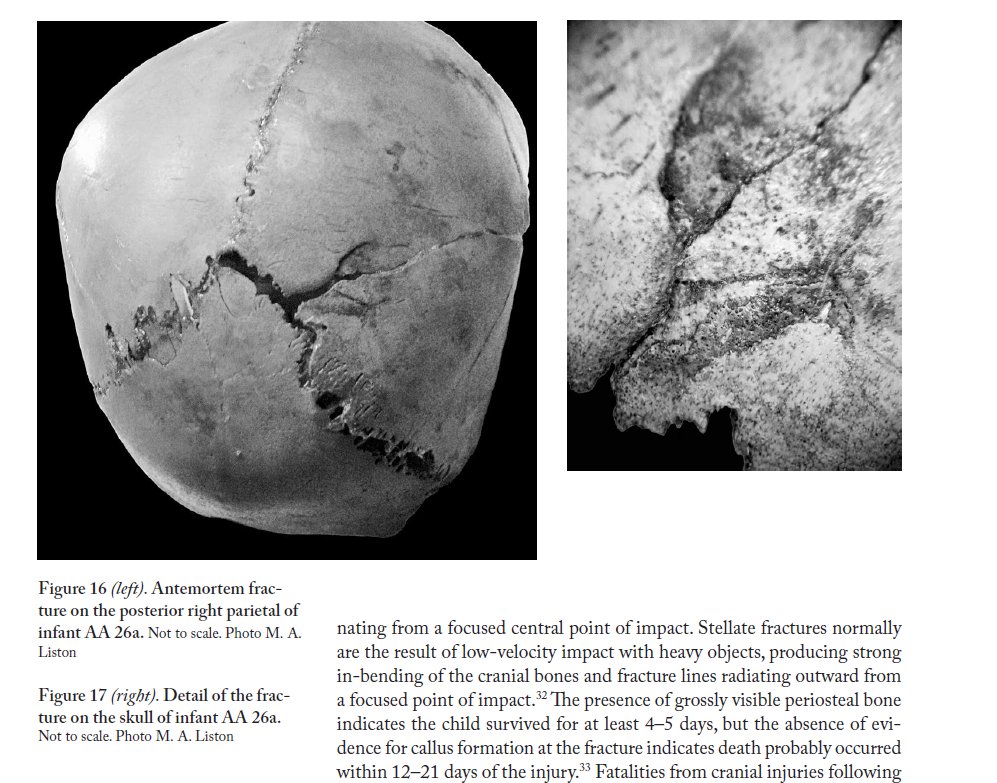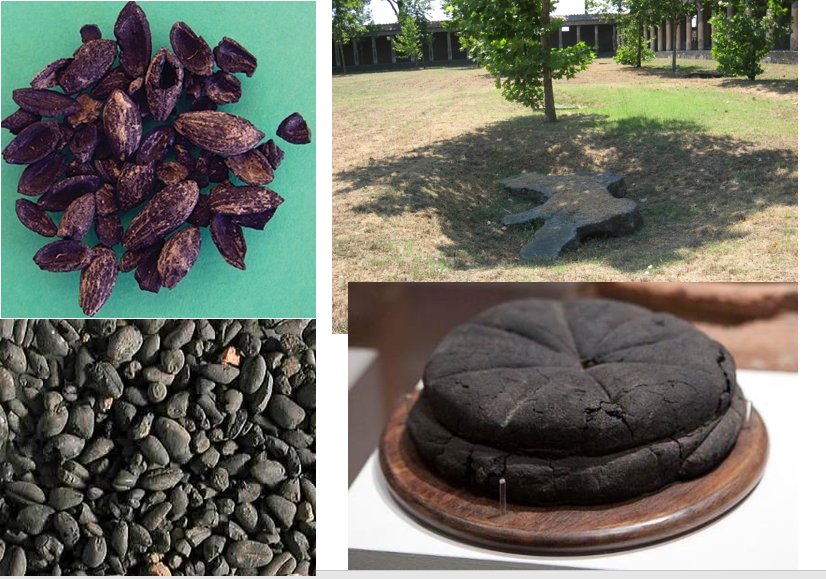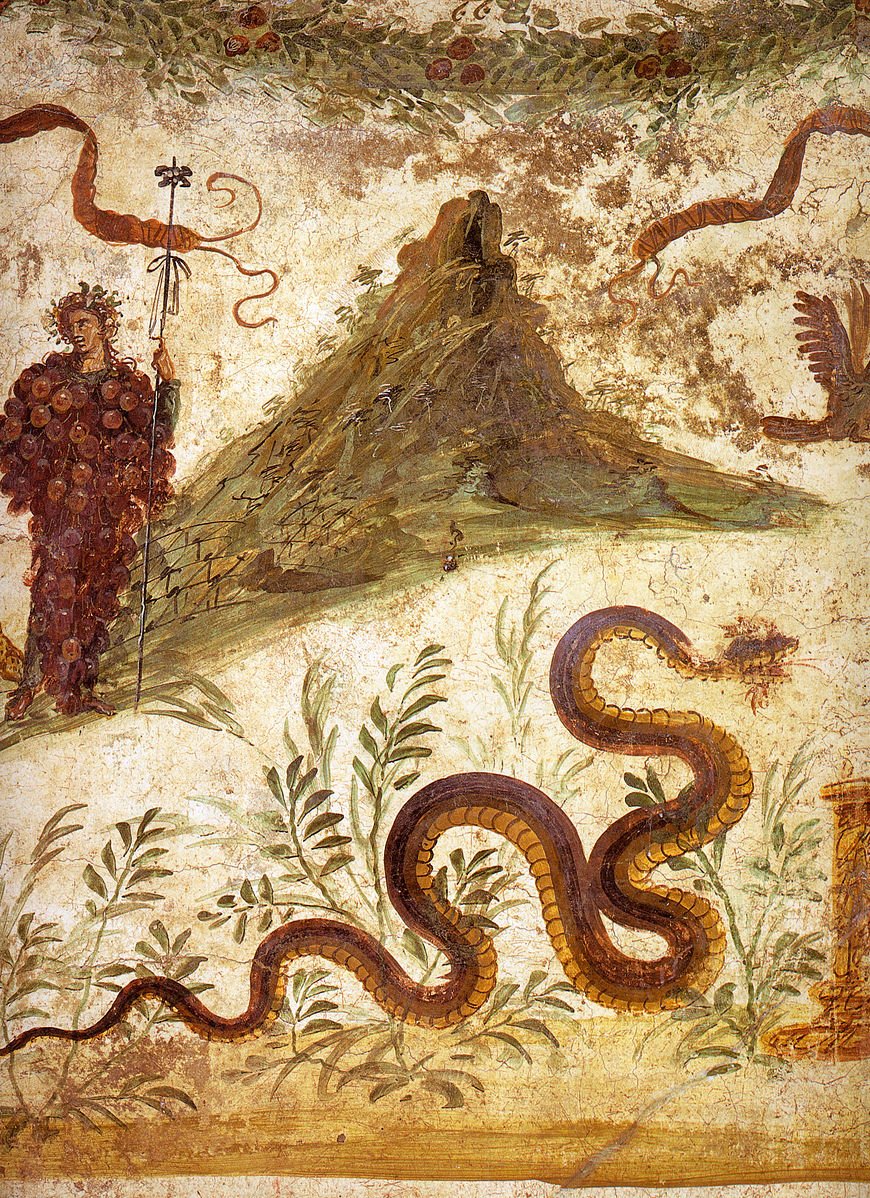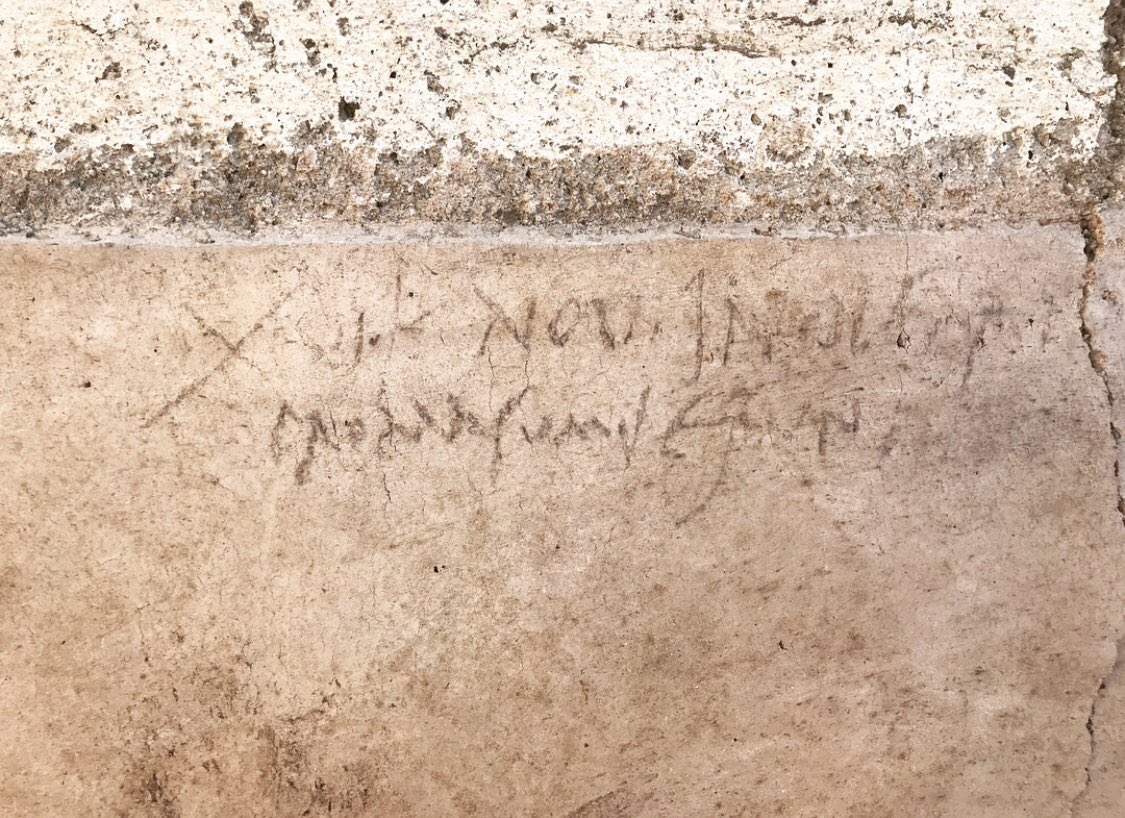Over 460 humans (mostly infants) & 150 dogs were thrown in the well. They tell a heartbreakingly vivid tale of all-too-ordinary life & death in ancient Athens
/1
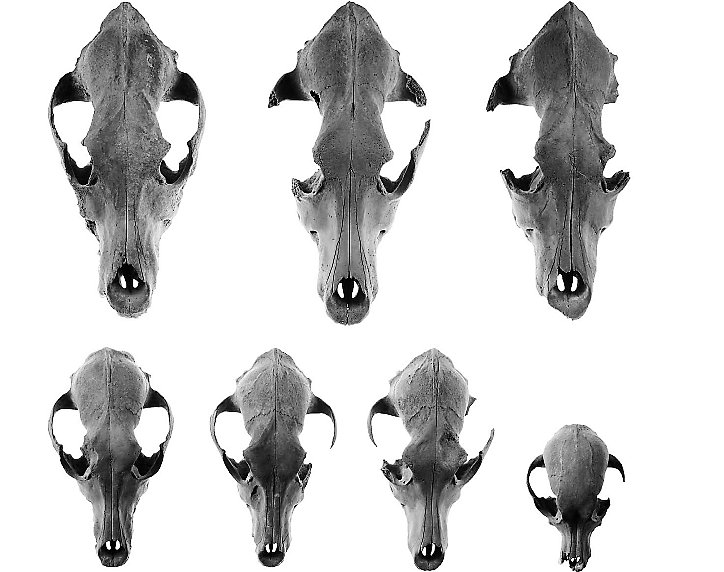
The commingled newborn baby remains were analyzed collectively. Only these 4 older persons could be examined individually
They were all very sick
/5
Someone did their best to love this poor, sick infant
/12
This study by Maria Liston and colleagues is truly monumental in scope
/13
/28
Read the book, it’s a groundbreaking interdisciplinary study by three excellent scholars
ascsa.edu.gr/index.php/publ…










